Learn Machine Learning With Python, Deep Learning, And AI
4.9 out of 5 based on 7954 votesLast updated on 24th Nov 2023 7.8K Views
- Bookmark

Master Python for Machine Learning, dive into Deep Learning, and explore Artificial Intelligence in this comprehensive, hands-on course.
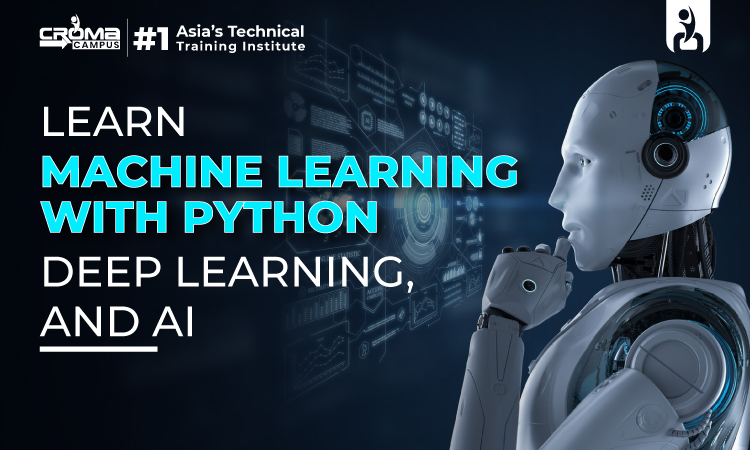
Explore the essence of Machine Learning, from its basics and key terminologies to the practical applications with Python, Deep Learning, and AI. Delve into the distinctions between Machine Learning, AI, and Deep Learning, and conclude with key takeaways for a succinct overview.
- What is Machine Learning?
- Popular terminologies in Machine Learning
- Why to learn Machine Learning?
- Learn Machine Learning with Python
- Learn Machine Learning with Deep Learning
- Learn Machine Learning with AI
- Machine Learning vs AI vs Deep Learning
- Key Takeaways
What is Machine Learning?
Machine Learning, a facet of Artificial Intelligence, harnesses statistical techniques to empower computers with the ability to learn and make decisions sans explicit programming. It revolves around automating the learning process, enabling machines to develop their programs based on data analysis and experience.
- Automated Learning: Machines autonomously develop programs with minimal human intervention.
- Data-Driven Training: High-quality data is utilized to train machines through various algorithms.
- Adaptive Decision-Making: Unlike traditional programming, machines dynamically adjust their programs based on learned experiences.
In the realm of Machine Learning, input data, and output are not fixed during the learning phase, fostering adaptability and human-like decision-making. This departure from conventional programming marks a paradigm shift in how machines process information and generate output.
This illustration can help you to understand this concept better:
Key Reasons to Learn Machine Learning:
Machine learning is a potent tool capable of tackling a diverse array of challenges by enabling computers to learn from data without explicit programming. This empowers systems to autonomously enhance their performance through experiential learning.
- Career Opportunities: Machine learning is widely applied in industries like healthcare, finance, and e-commerce, offering diverse career paths for those with this skill set.
- Intelligent Decision-Making: By grasping machine learning, individuals can contribute to the development of intelligent systems capable of making informed decisions and predictions based on data.
- Data Analysis and Visualization: Machine Learning serves as a vital tool for extracting insights and patterns from large datasets. This capability is crucial for understanding complex systems and making well-informed decisions.
- Stay Updated in a Dynamic Field: With the field of machine learning experiencing rapid growth and continuous advancements, learning machine learning ensures staying abreast of the latest research and developments, offering exciting opportunities for exploration and contribution to the field.
Related Blogs:
Artificial Intelligence and Machine Learning
Machine Learning Interview Questions
Machine Learning Roadmap
Terminologies for Machine Learning
To begin your journey into Machine Learning, familiarize yourself with key terms:
- Model: Represents real-world processes mathematically, formed by a machine learning algorithm using training data.
- Feature: A measurable property or parameter in a dataset.
- Feature Vector: A set of multiple numeric features serving as input for machine learning models during training and prediction.
- Training: The algorithm processes "training data" to identify patterns and create the machine learning model.
- Prediction: Once the model is trained, it predicts output when given new input data.
- Target (Label): The value the model predicts.
- Overfitting: Occurs when a model learns from excessive data noise, leading to inaccurate characterizations.
- Underfitting: This happens when a model fails to grasp the underlying trend in input data, reducing accuracy.
Unlocking Machine Learning Expertise:
Embarking on a journey to grasp Machine Learning involves exploring various avenues, each offering a unique perspective on this transformative field.
Learn Machine Learning with Python:
- Versatile Programming: Python, known for its readability and versatility, provides an excellent entry point for those diving into Machine Learning.
- Rich Ecosystem: Python's extensive library ecosystem, including NumPy for numerical operations, Pandas for data manipulation, and Scikit-Learn for machine learning algorithms, simplifies complex concepts.
- Community Support: A robust community of developers and learners enhances the learning experience, providing resources, tutorials, and collaborative spaces to troubleshoot challenges.
- Hands-On Learning: Python's user-friendly syntax allows for practical, hands-on learning, making it accessible to both beginners and experienced programmers.
Machine Learning with Deep Learning:
- Mimicking Human Brain: Deep Learning, a subset of Machine Learning, focuses on replicating the intricate structures of the human brain through neural networks.
- Complex Task Handling: Specialized in handling complex tasks like image recognition, natural language processing, and speech recognition.
- Frameworks Empowering Learning: Popular frameworks like TensorFlow and PyTorch enable enthusiasts to construct and train sophisticated neural networks.
- Cutting-Edge Applications: Mastery of Deep Learning opens avenues for contributing to cutting-edge advancements in artificial intelligence.
Machine Learning with AI:
- Intersection of Learning and Reasoning: Learning Machine Learning with AI involves understanding how machines not only learn from data but also reason and make decisions autonomously.
- Creating Intelligent Systems: The synergy between Machine Learning and AI enables the creation of intelligent systems capable of adapting to diverse scenarios.
- Practical Exploration: Platforms like Google's AI Platform and Microsoft Azure AI provide hands-on exploration, offering practical insights into the fusion of Machine Learning with AI.
- Future Technology Shaping: Exploring the convergence of Machine Learning with AI empowers individuals with the skills to shape the future of technology.
In summary, whether you choose the versatility of Python Online Course, the depth of Deep Learning, or the convergence of Machine Learning with AI, each pathway leads to a deeper understanding of this transformative field. Dive in, explore, and empower yourself with the skills to shape the future of technology.
You May Also Read:
Python Programming for Beginners
Python Interview Questions and
Answers
Data Science Interview Questions and
Answers
Machine Learning vs AI vs Deep Learning
Here are some quick differences to help you understand the concept better.
Concept | Definition |
|---|---|
Artificial Intelligence | The field of computer science aims to create intelligent machines that can think and function like humans. |
Machine Learning | A subfield of artificial intelligence that focuses on developing algorithms and models that can learn from data. |
Deep Learning | A subfield of machine learning that uses multi-layered artificial neural networks to learn complex patterns in data. |
Main Differences:
- Artificial Intelligence:
- Broad field encompassing various techniques for creating intelligent systems.
- Machine Learning:
- Subset of artificial intelligence.
- Focuses on teaching algorithms to learn from data rather than explicit programming.
- Deep Learning:
- Branch of machine learning.
- Utilizes multi-layered artificial neural networks to discover intricate data patterns.
Key Takeaways:
Embarking on the journey of understanding Machine Learning unfolds a vast landscape of possibilities, spanning Python, Deep Learning, and Artificial Intelligence. Whether navigating the versatile Python, delving into the complexities of Deep Learning, or exploring the symbiotic relationship between Machine Learning and AI, each avenue holds the potential to shape the future of technology.
By grasping the fundamentals, terminology, and applications, individuals can not only enhance their career opportunities but also contribute to intelligent decision-making and cutting-edge advancements. The dynamic field of Machine Learning promises continuous growth and evolution, offering exciting opportunities for exploration and innovation.
For those eager to master Machine Learning, consider partnering with Croma Campus, a leading IT training company. Their expert-led courses and hands-on learning approach provide a solid foundation, empowering you with the skills needed to navigate the transformative realm of technology. Dive in, explore, and let Croma Campus guide you on your journey to mastering Machine Learning.
Subscribe For Free Demo
Free Demo for Corporate & Online Trainings.
Your email address will not be published. Required fields are marked *
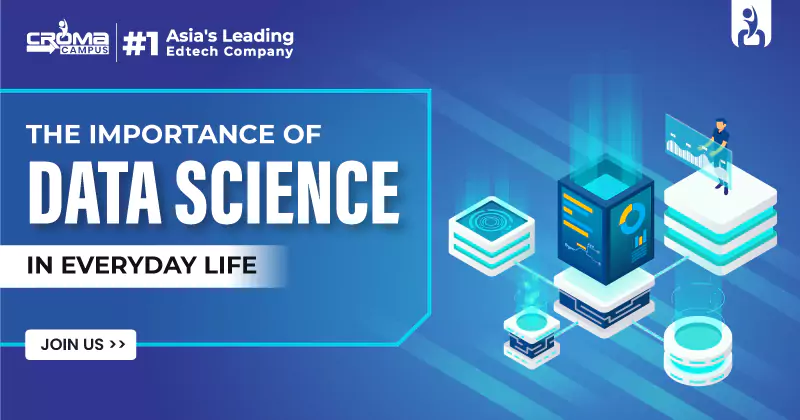
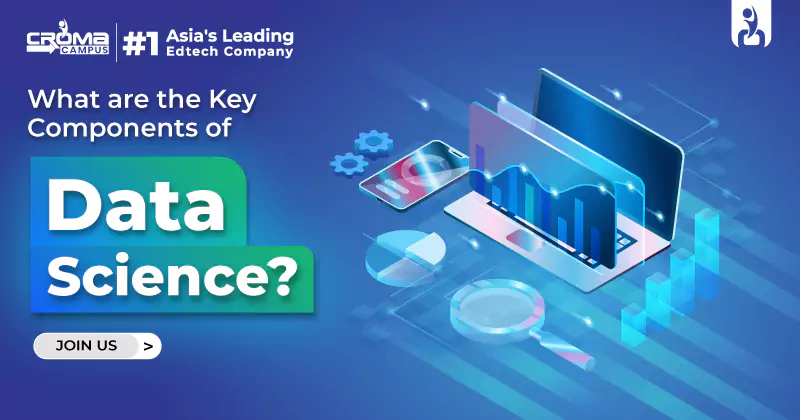

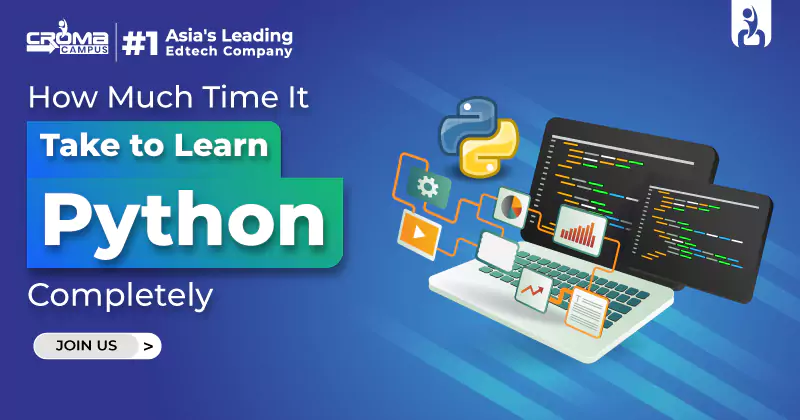
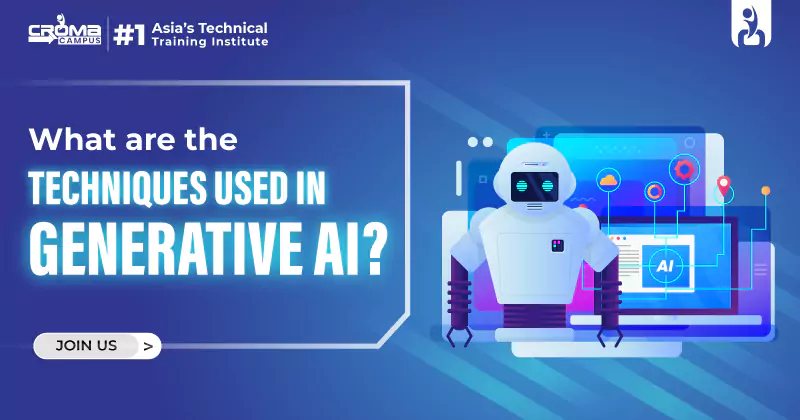
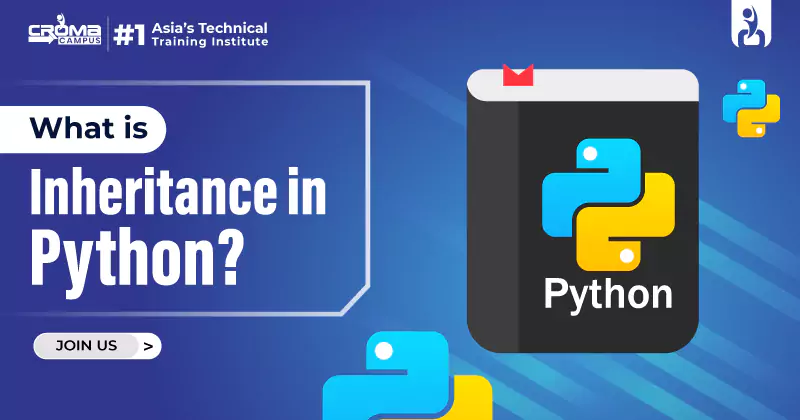
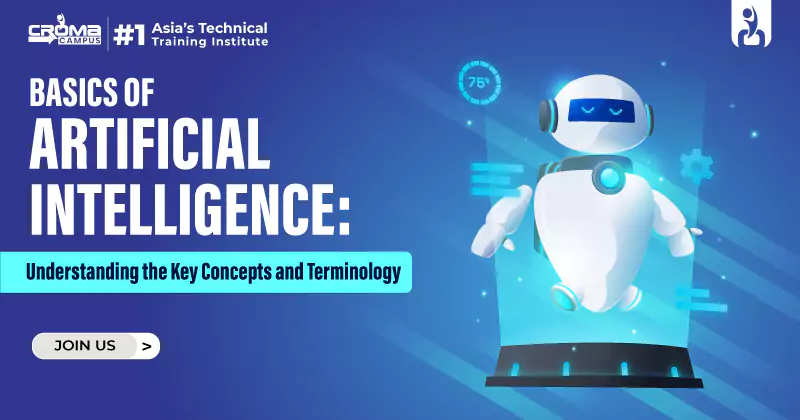
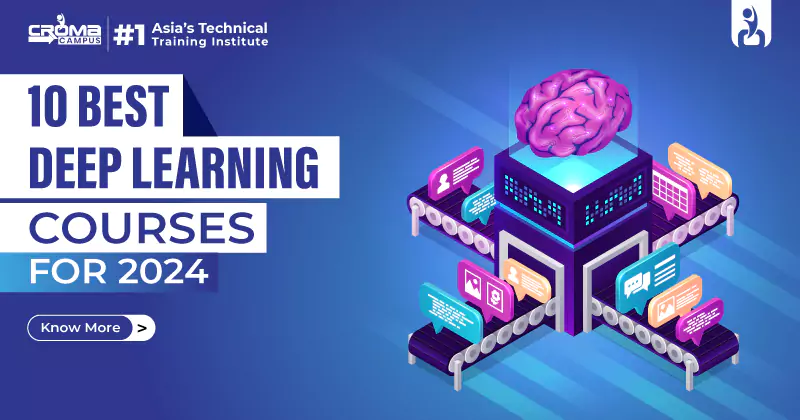
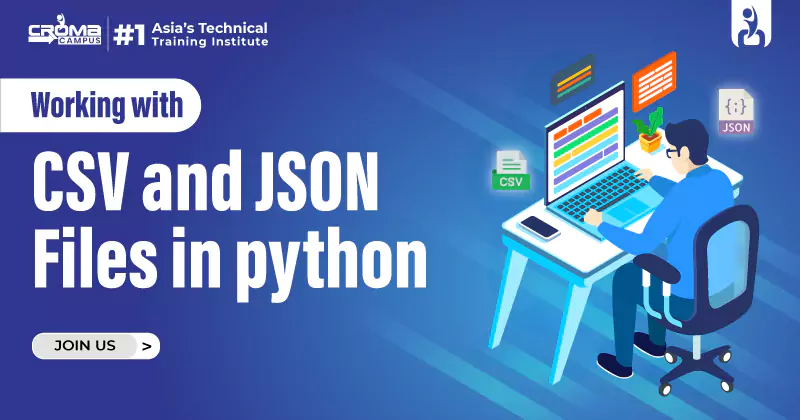
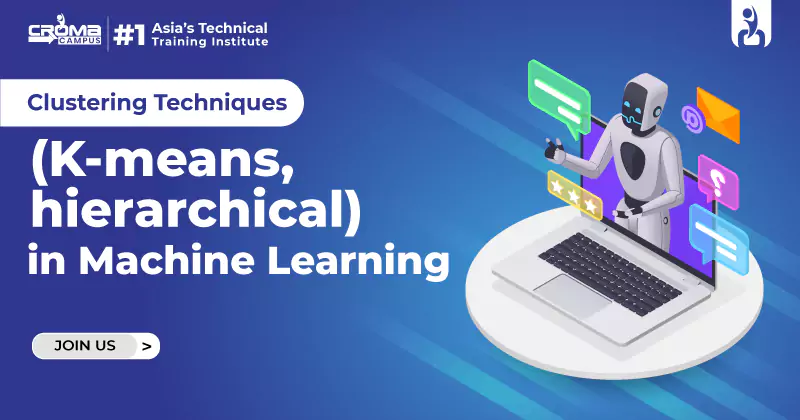
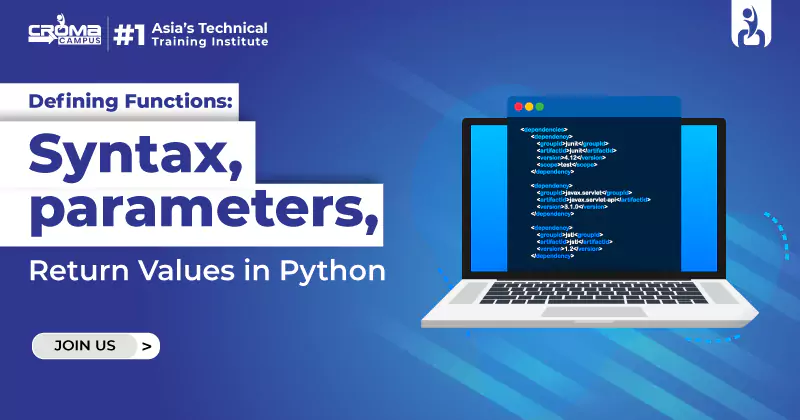
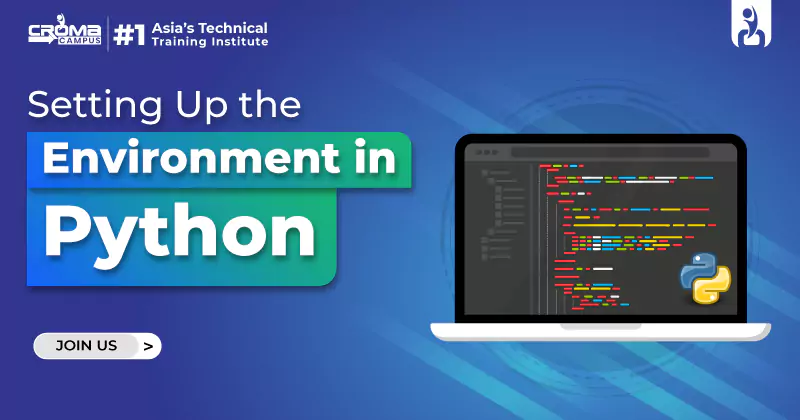









 Master in Cloud Computing Training
Master in Cloud Computing Training